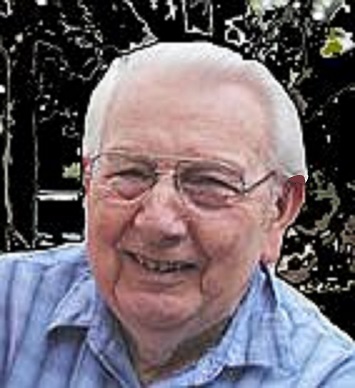 October 24, 2016 (Monday)
October 24, 2016 (Monday)
President Eisenhauer promoted the interstate highway system in the 1950s. Before that time, highways in Texas existed as necessary. In Texas, the trails between settlements usually paralleled rivers. Villages and towns sprang up naturally as settlers flooded the state in the last half of the 1800s. People moved about on horseback, in wagons and carriages, etc. The first major development that preceded the highway system was the railroad. Steam engines were built, railways were laid, and a new era was born. The railroads provided transportation for agricultural products, animals, some manufactured products, etc. Towns sprang up at the end of each segment of constructed raiways. Farmers moved their products to the trains via old roads that were gradually being improved. Cattlemen and manufacturers likewise. Then came the invention of the automobile and the advent of trucks. Better roads were constructed, but generally followed the pathways of the first roads.
One such road in Texas was U.S. 75, from Houston to Dallas and beyond. I’m familiar with that road. Today Interstate 45, a full-fledged freeway, has taken its place, but it served well for many years. The road began where Highway 3 left off after traversing the area between Galveston and Houston through Webster, Dickinson and League City. This road became part of the Gulf Freeway, and later Interstate 45.
The trip to Dallas used to begin on Shepherd Drive or Airline Drive, hooking up with US 75 north of town. There were two 90 degree curves not far up the road, close to a huge hangar for the Goodyear blimp. Next stop, Spring. Then Conroe. Going through Spring was a breeze–you hardly noticed it, although my sister contracted Diphtheria at a family outing at a creek there. You traveled over the San Jacinto River, where my father’s family gathered occasionally for picnics with all my cousins. In Conroe, the highway passed in front of nice residential homes in block after block until it emerged uncrowded at the north  end of town. Next stop, Madisonville, where I liked to stop for coffee at a restaurant on the highway. They had great pancakes. Then on to Huntsville, where you drove by the prisons, the university, and the heart of the city, which required driving around the square downtown. And on we would go through small towns until we got to Centerville, where in 1953 I proposed to Wanda in one of the cafes there. Then, after 15 miles or so of one of the most dangerous sections of road in the country, you reached Buffalo. My grandmother was born near there in 1885, then her family moved to the Lufkin area (in a covered wagon). Onward and upward to Corsicana, home of the famous fruitcakes, and then Ennis. After that, a series of small towns and presto, you were in Dallas. It was about a 5-hour trip in those days. There had been some places on the side of the road where you could pull over and rest, or have a picnic if you liked. There were nearly always big trees at those locations. Once, when returning to Houston from the other direction, my car broke down just south of Conroe. There was a house nearby, and an elderly gentleman sitting on his front porch. I asked him if he might have some old wire, rope or whatever so that I could tie up the big leaf spring that had broken on my car. He offered a section of chain, which worked just fine. A couple of years ago I got to thinking about where that quiet countryside was, and reasoned that it is now the intersection of CR242 and I45, just north of The Woodlands, one of the busiest intersections to be found anywhere. My, how things do change.
end of town. Next stop, Madisonville, where I liked to stop for coffee at a restaurant on the highway. They had great pancakes. Then on to Huntsville, where you drove by the prisons, the university, and the heart of the city, which required driving around the square downtown. And on we would go through small towns until we got to Centerville, where in 1953 I proposed to Wanda in one of the cafes there. Then, after 15 miles or so of one of the most dangerous sections of road in the country, you reached Buffalo. My grandmother was born near there in 1885, then her family moved to the Lufkin area (in a covered wagon). Onward and upward to Corsicana, home of the famous fruitcakes, and then Ennis. After that, a series of small towns and presto, you were in Dallas. It was about a 5-hour trip in those days. There had been some places on the side of the road where you could pull over and rest, or have a picnic if you liked. There were nearly always big trees at those locations. Once, when returning to Houston from the other direction, my car broke down just south of Conroe. There was a house nearby, and an elderly gentleman sitting on his front porch. I asked him if he might have some old wire, rope or whatever so that I could tie up the big leaf spring that had broken on my car. He offered a section of chain, which worked just fine. A couple of years ago I got to thinking about where that quiet countryside was, and reasoned that it is now the intersection of CR242 and I45, just north of The Woodlands, one of the busiest intersections to be found anywhere. My, how things do change.
Interstate highways get you there quickly and safely, but you don’t make many memories on those roads. The old roads are full of memories.
Portion of my daughter’s email, responding to this blog:
I enjoyed your blog today about the old 75 highway. You know, I work in an 80-year-old building that sits on that road!
Here’s an article about it.
